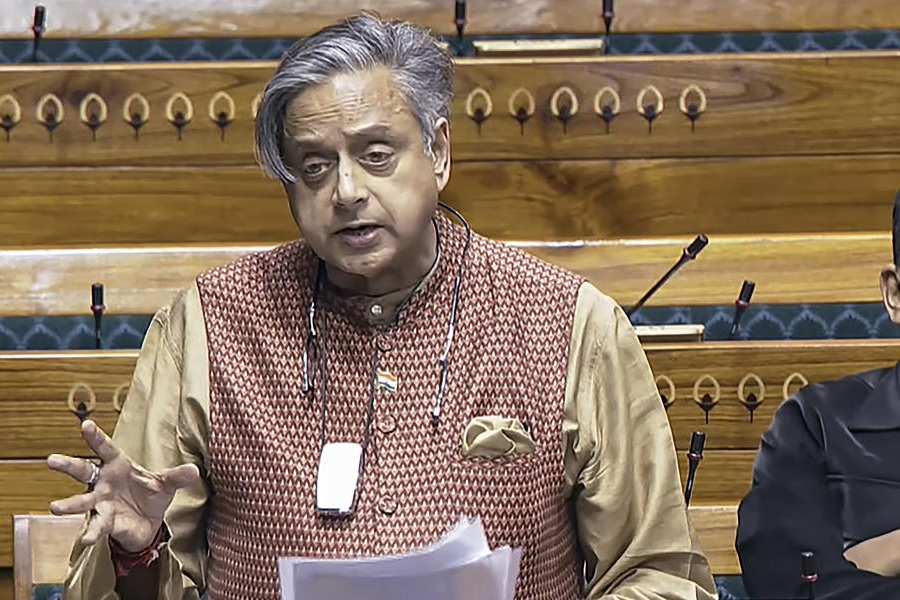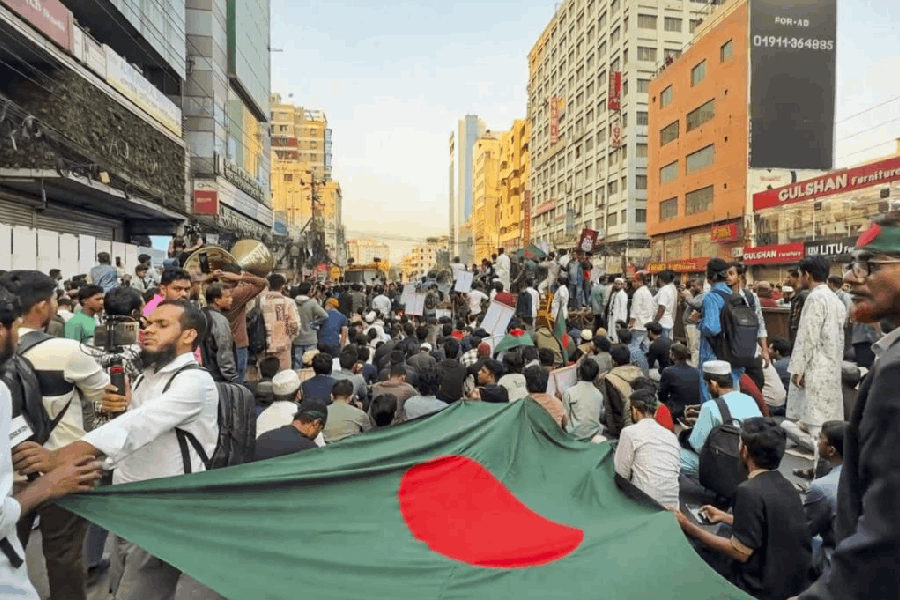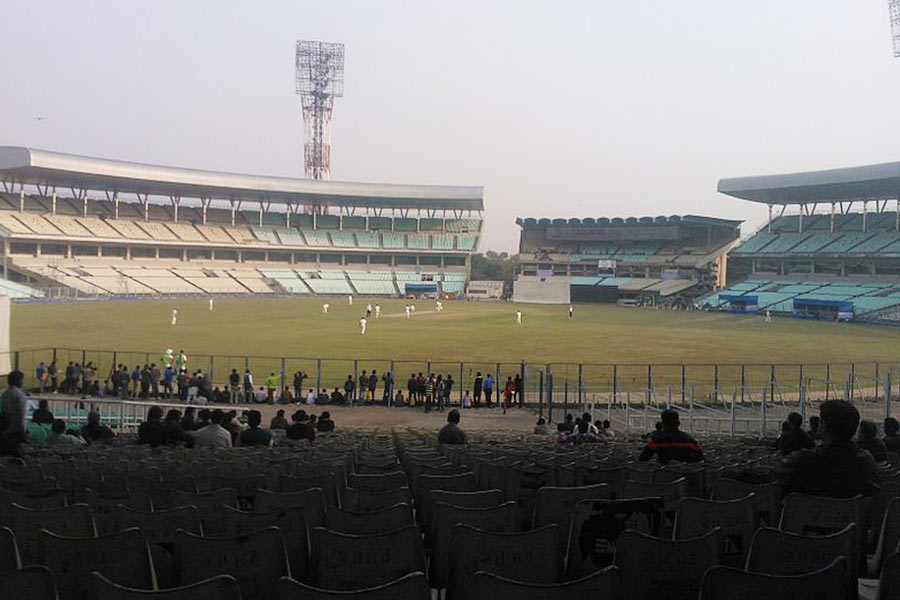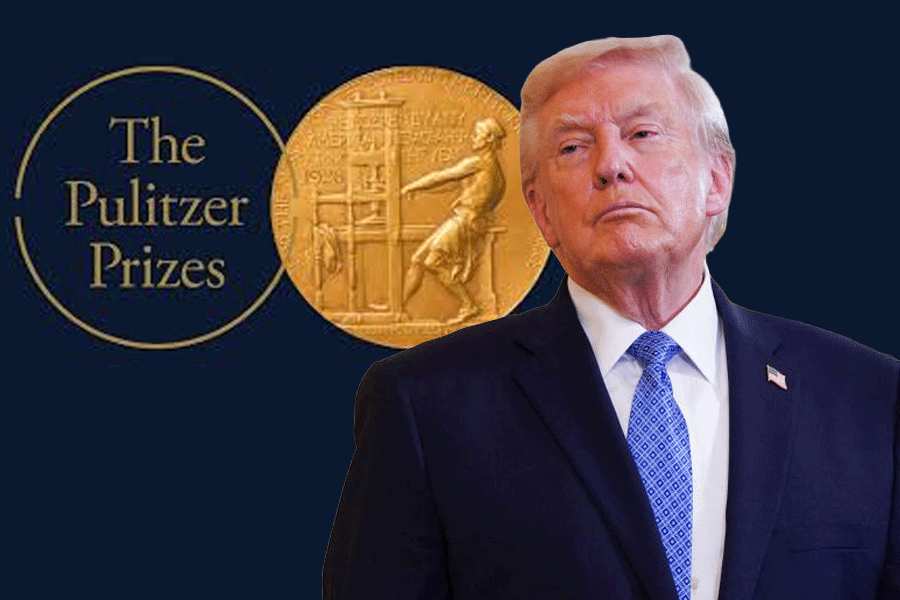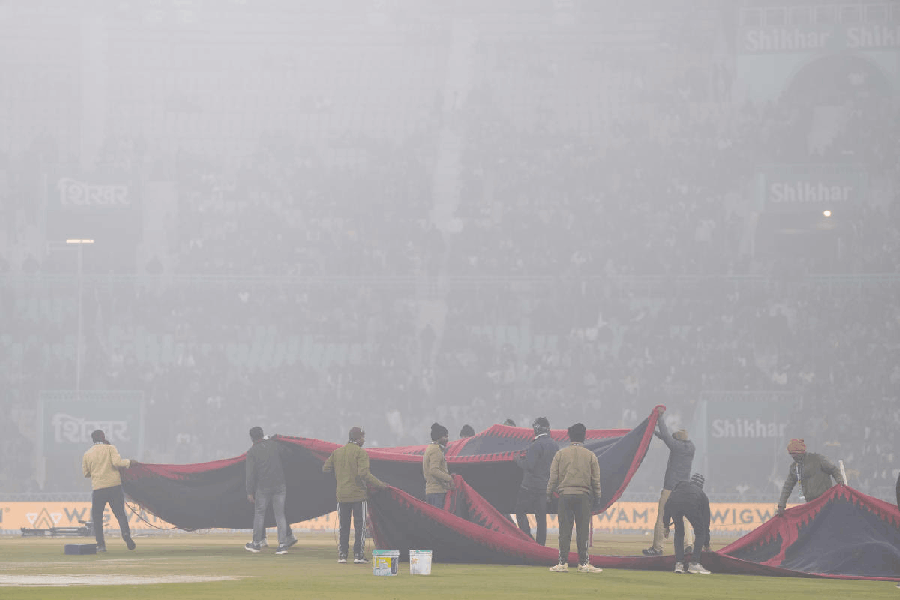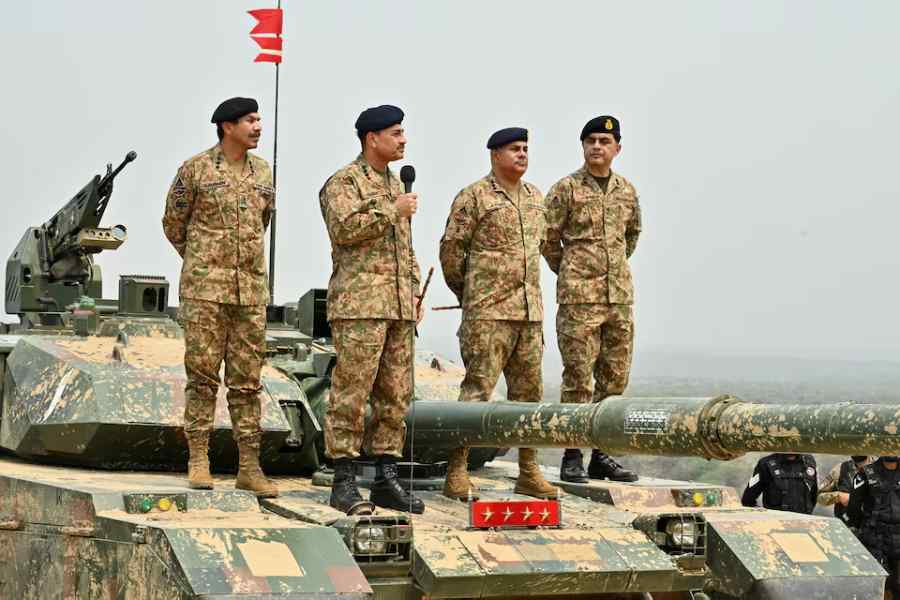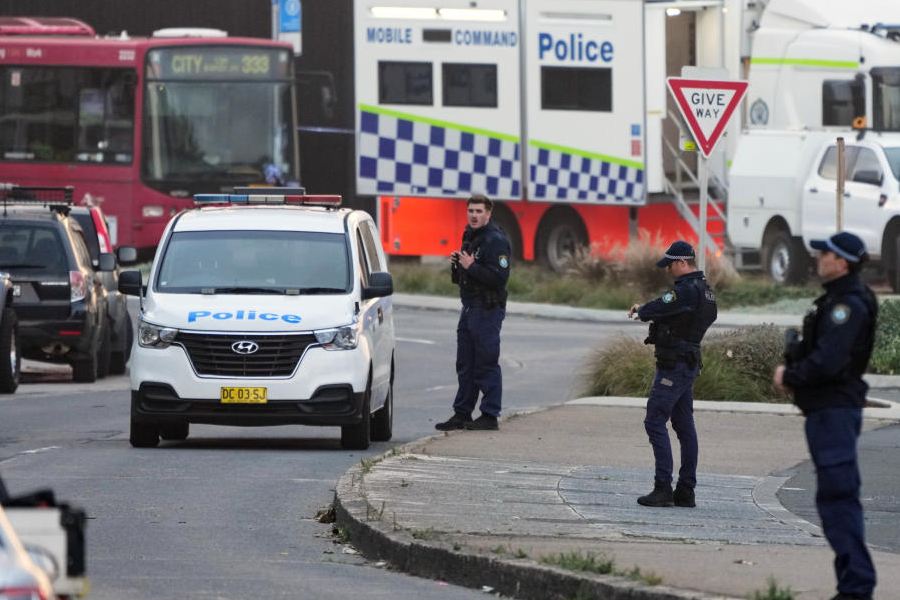The comprehensive test ban treaty is again in the air. Both the Indian prime minister, Mr Atal Behari Vajpayee, and the external affairs minister, Mr Jaswant Singh, have talked of seeking a national consensus on signing the CTBT during the coming parliamentary session. This will be the third time the government signals its desire to find a way out of this particular cul de sac. Mr Vajpayee had declared at the United Nations in September 1998 that India would not stand in the way of CTBT ratification. Then, in early 1999, various US officials said senior Indian leaders had intimated India would be cosying up to the CTBT soon. There have been many reasons New Delhi has left its CTBT policy hanging loose. The Kargil conflict, the US's failure to ratify the treaty, strong opposition from both the extreme left and right are among the reasons. However, the underlying explanation for the Vajpayee regime's skirting the issue is New Delhi's uncertainty as to the long term security and diplomatic dimensions of India's nuclear weapons policy. The statements of Messrs Vajpayee and Singh are a hopeful sign New Delhi is at last clear in its mind about why it should tie up the loose threads of Pokhran II.
CTBT opponents are a motley crew. The extreme left and right oppose the treaty because they see the treaty as a US conspiracy designed to curb India's national sovereignty. A small but vocal group of nuclear strategists argue the Pokhran II tests were insufficient for India's deterrent requirements and oppose a test ban. An equally vocal group of nuclear disarmament types wants CTBT signature to be tied to global nuclear abolition. All these groups suffer from a number of misconceptions. First, they have a bloated idea of the tangible importance of the CTBT. The treaty is largely symbolic, a public statement of faith by its signatories in nuclear nonproliferation. That any government would contemplate scrapping its nuclear arsenal because of this treaty is laughable. Second, in announcing a unilateral moratorium on further tests, India already abides by the basic requirement of the CTBT. Third, unlike the nuclear nonproliferation treaty, the CTBT is not discriminatory - it applies equally to nuclear haves and have nots. The concerns expressed about subcritical testing and computer simulations are largely abstract. Subcritical tests have little military relevance and India's supercomputers are quite capable of simulations.
The real issue is not the CTBT's fine print. It is whether India wishes to become an accepted nuclear power, with a seat at the high table of world power. If so, it needs to show it understands the responsibilities of being a nuclear power. This includes a strong and clear commitment to nuclear nonproliferation - and signing the CTBT would be a signal of its acceptance of that precept. India has quietly aligned its nuclear policies with those of the permanent five powers these past two years. It has adopted Western export control standards. Mr Singh has said India is compliant with the clauses of the NPT. And, most strikingly, New Delhi showed its nuclear sensibility by keeping its atomic sword sheathed during the Kargil conflict. For various reasons, the CTBT has become the litmus test of India's nuclear maturity in the eyes of the international community. Mr Vajpayee's US visit may have set a deadline for signature, but the truth is that India is already overdue when it comes to grasping the CTBT nettle.
 Thursday, 18 December 2025
Thursday, 18 December 2025

